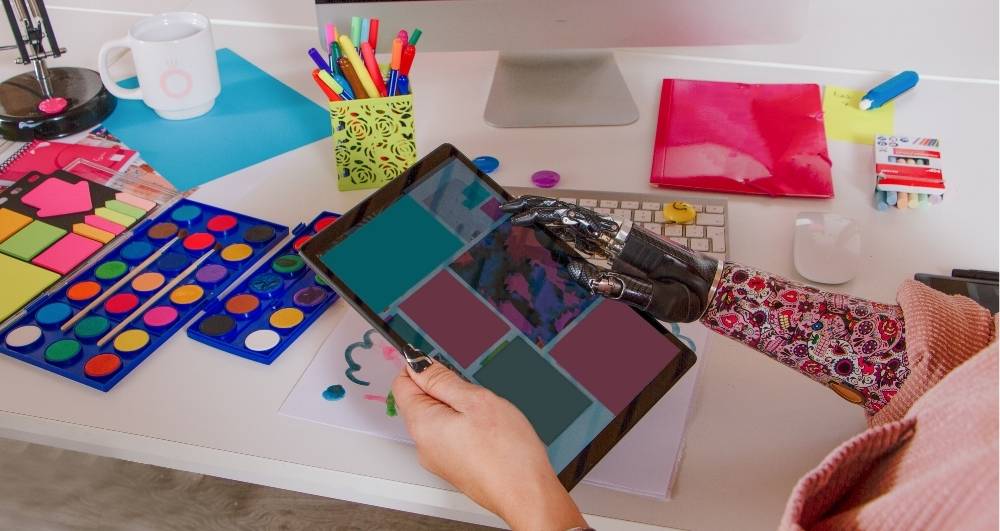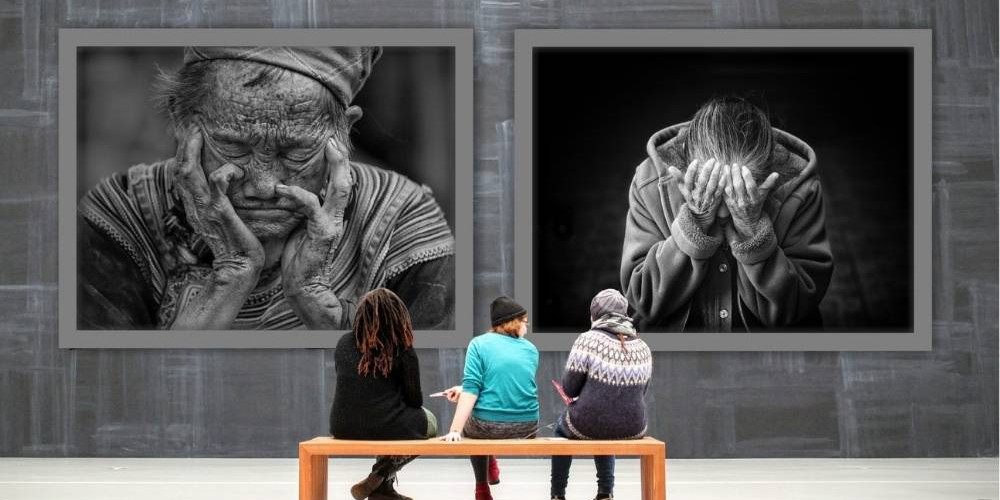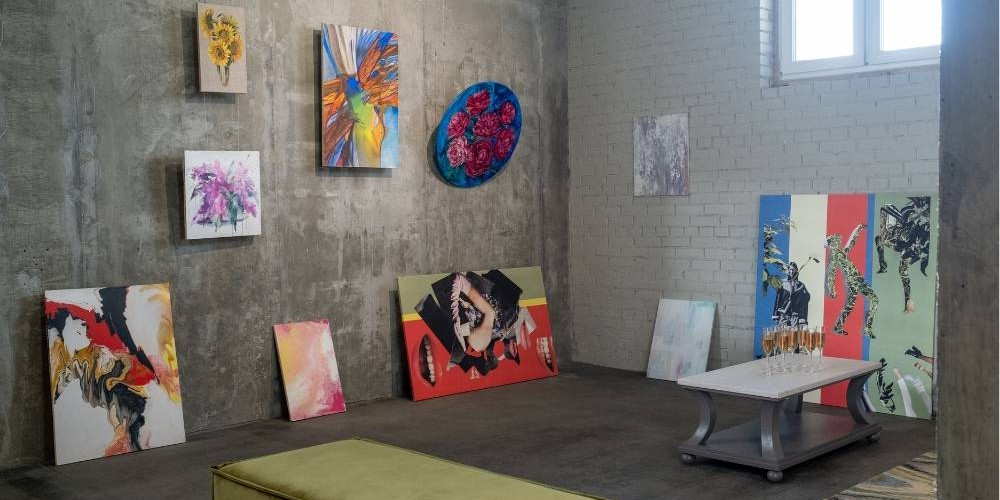The evolution of art has always mirrored the evolution of society. Just as past generations embraced new mediums, today’s artists are redefining creativity through digital tools. From graphic design and 3D modeling to AI-assisted art and immersive virtual realities, digital art is no longer just an alternative medium—it’s transforming modern creative expression as a whole.
Expanding Creative Possibilities
Digital art opens up endless opportunities for experimentation. Artists can create hyper-detailed illustrations, bold abstract visuals, or dynamic motion graphics with precision and speed. Unlike traditional mediums, digital platforms allow for limitless undo options and editing flexibility, encouraging bold exploration without fear of mistakes.
Accessibility and Global Reach
One of the most powerful aspects of digital art is accessibility. Anyone with a tablet, computer, or even a smartphone can begin creating. Online platforms also make it possible for artists to share their work instantly with a global audience, breaking down geographic barriers and democratizing the creative space.

Blending Technology and Traditional Techniques
Digital art doesn’t replace traditional methods—it enhances them. Many artists combine hand-drawn sketches with digital coloring, or merge photography with digital painting. This hybrid approach creates fresh and innovative visual languages that redefine how we experience art.
The Rise of New Mediums
Emerging technologies like VR, AR, and NFTs are expanding the very definition of art. Virtual galleries allow audiences to step inside immersive worlds, while digital ownership models are reshaping how art is valued and collected. These new mediums highlight the adaptability of art in a tech-driven era.
Redefining Creative Careers
Digital tools have also reshaped careers in illustration, animation, gaming, and design. Artists today can freelance globally, build audiences on social media, or sell digital assets online. The creative economy is shifting, offering more opportunities than ever for artists to thrive.
Final Thoughts
Digital art represents more than technological progress—it symbolizes a cultural shift in how creativity is expressed, shared, and valued. By blending innovation with timeless artistic instincts, digital art is not only transforming modern creative expression but also shaping the future of how we define art itself.



